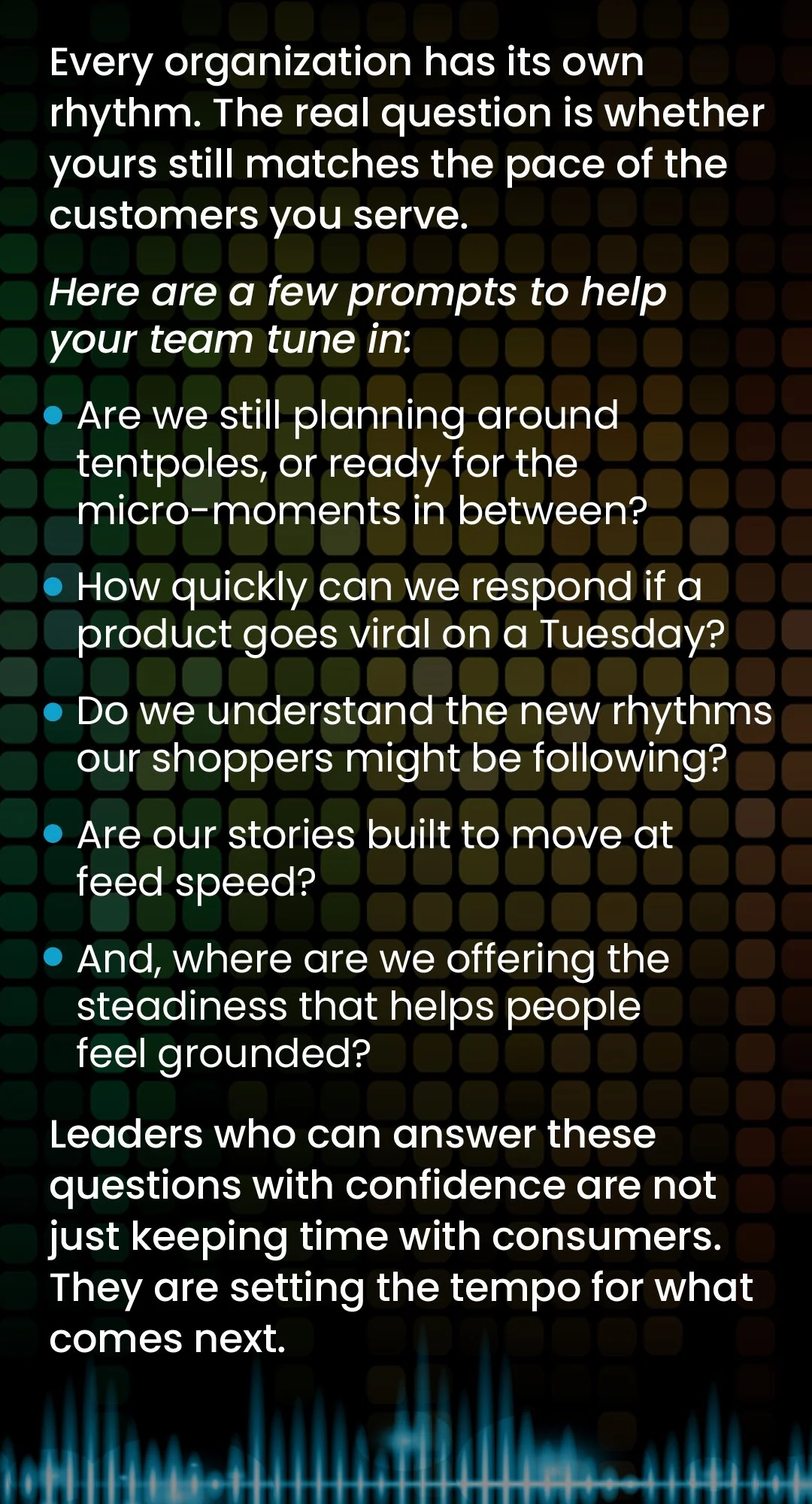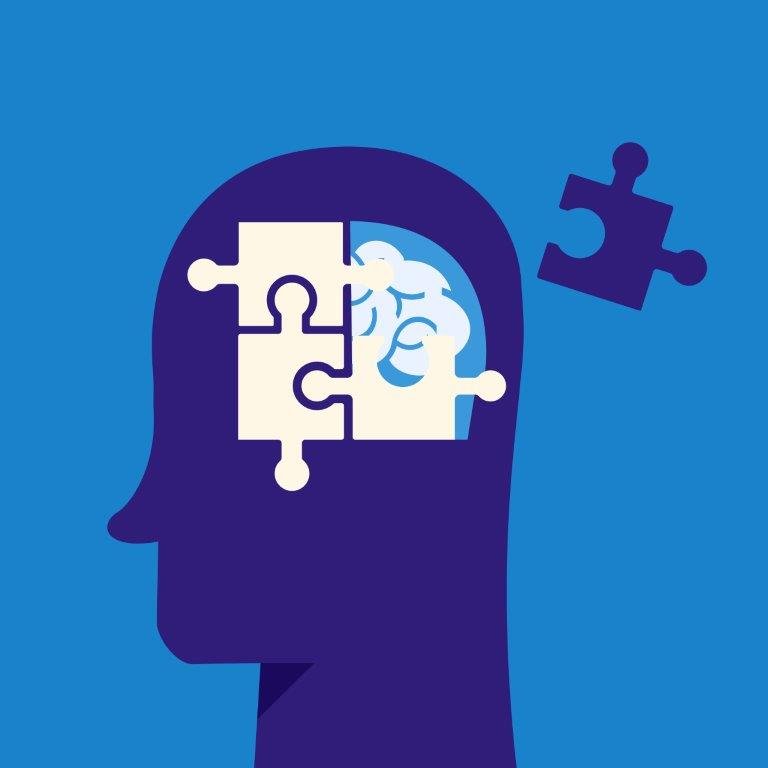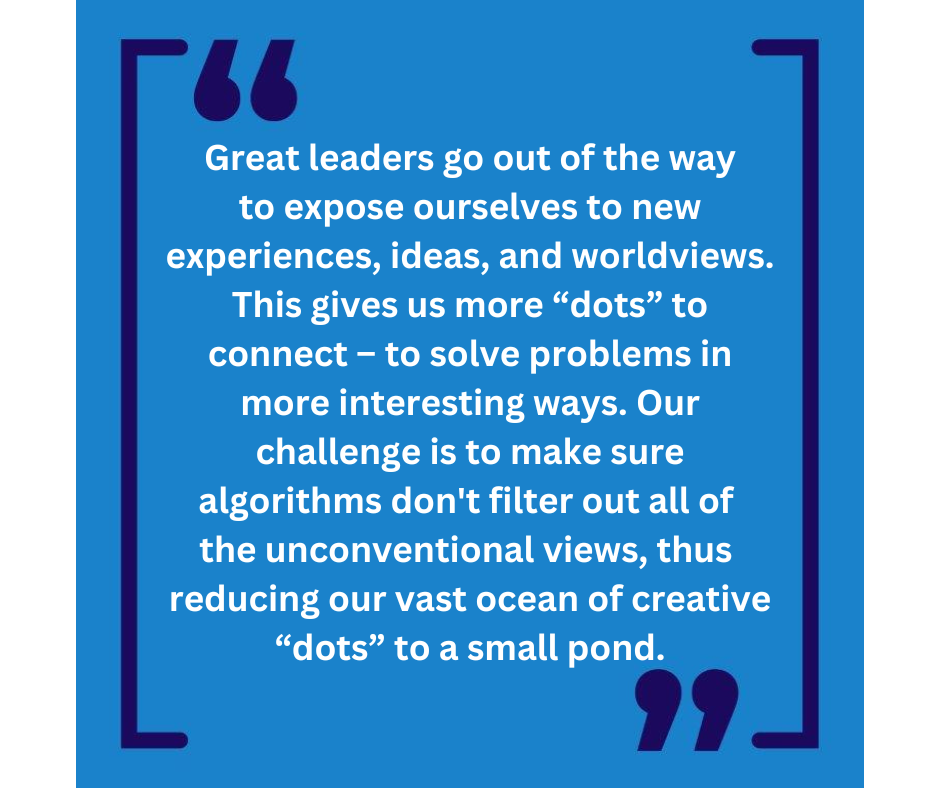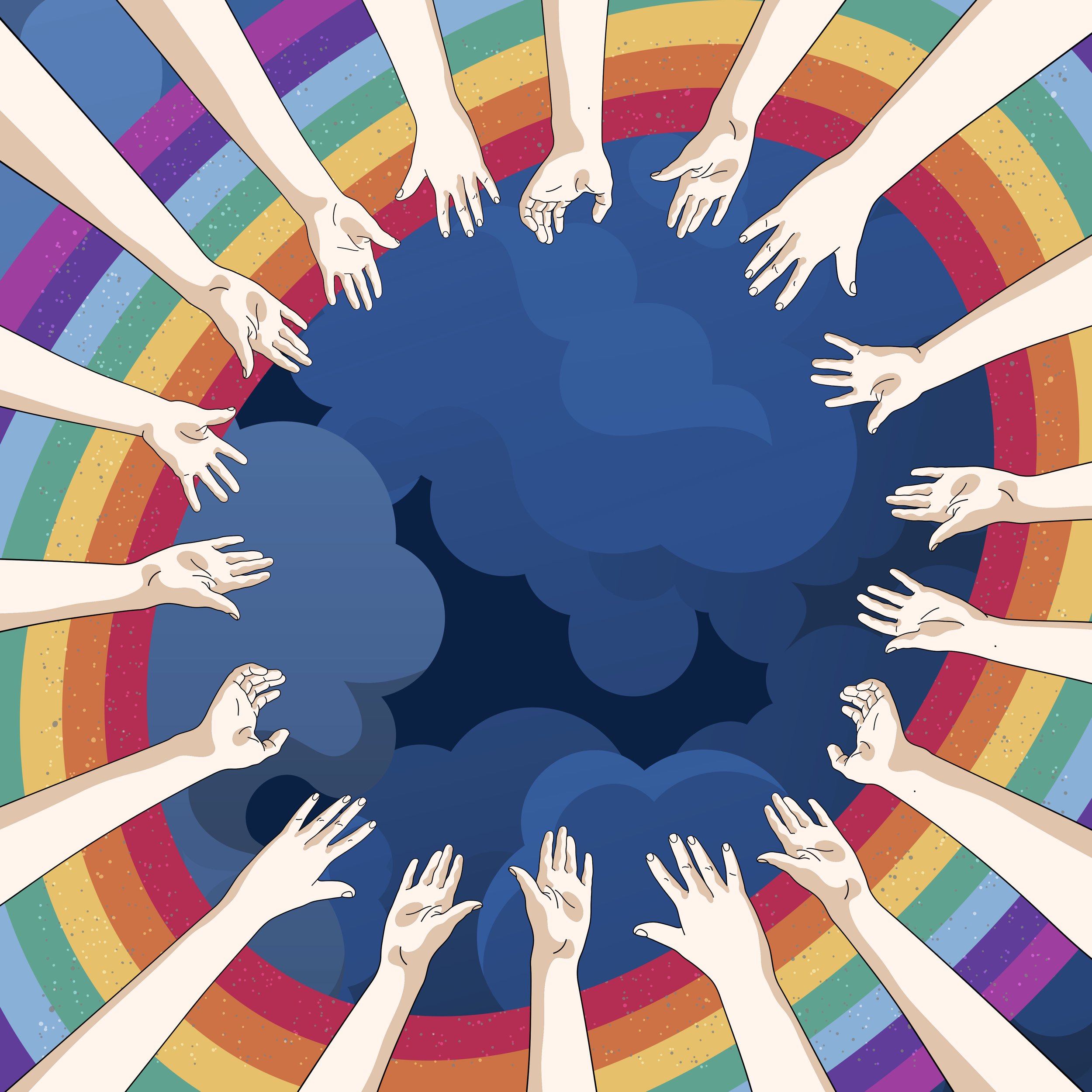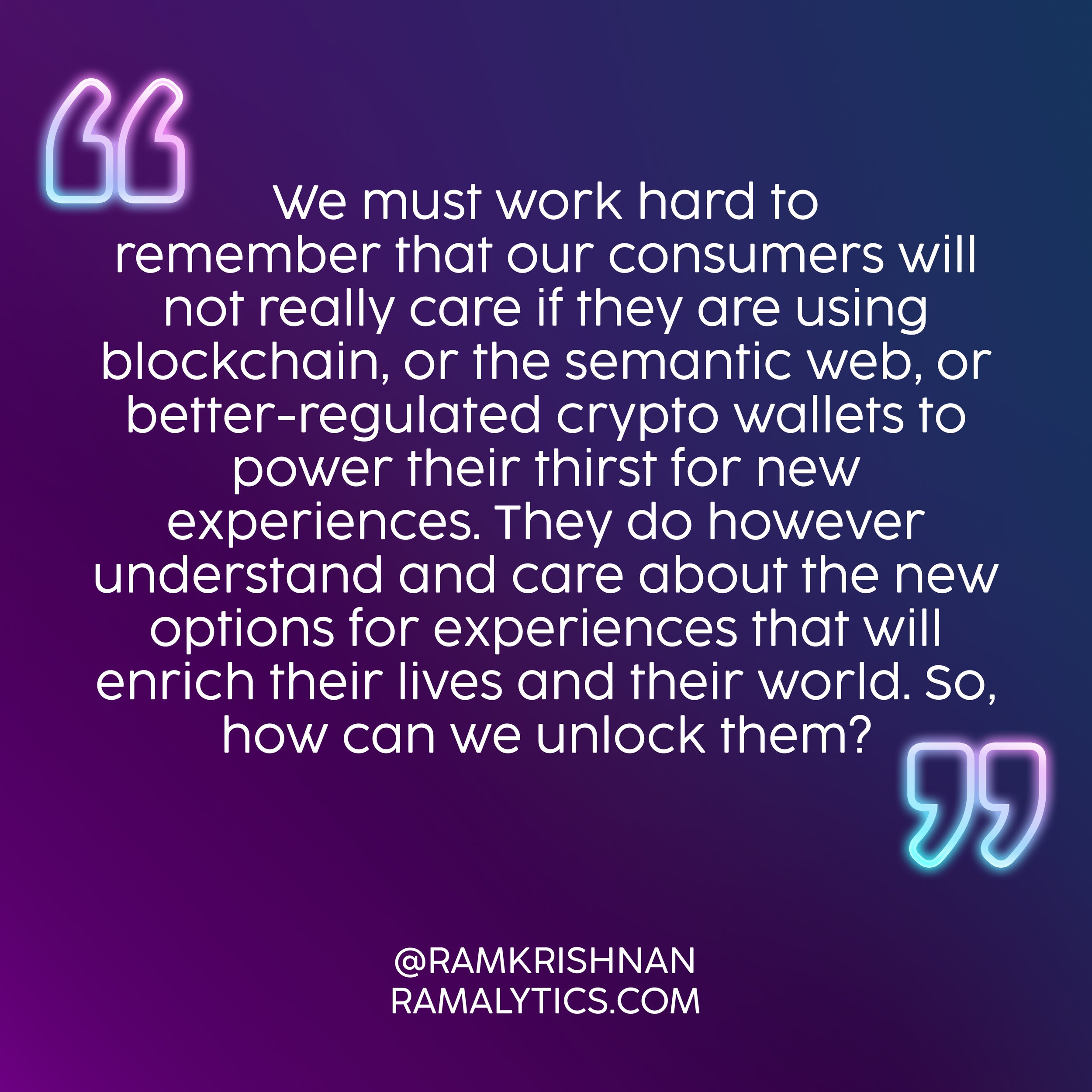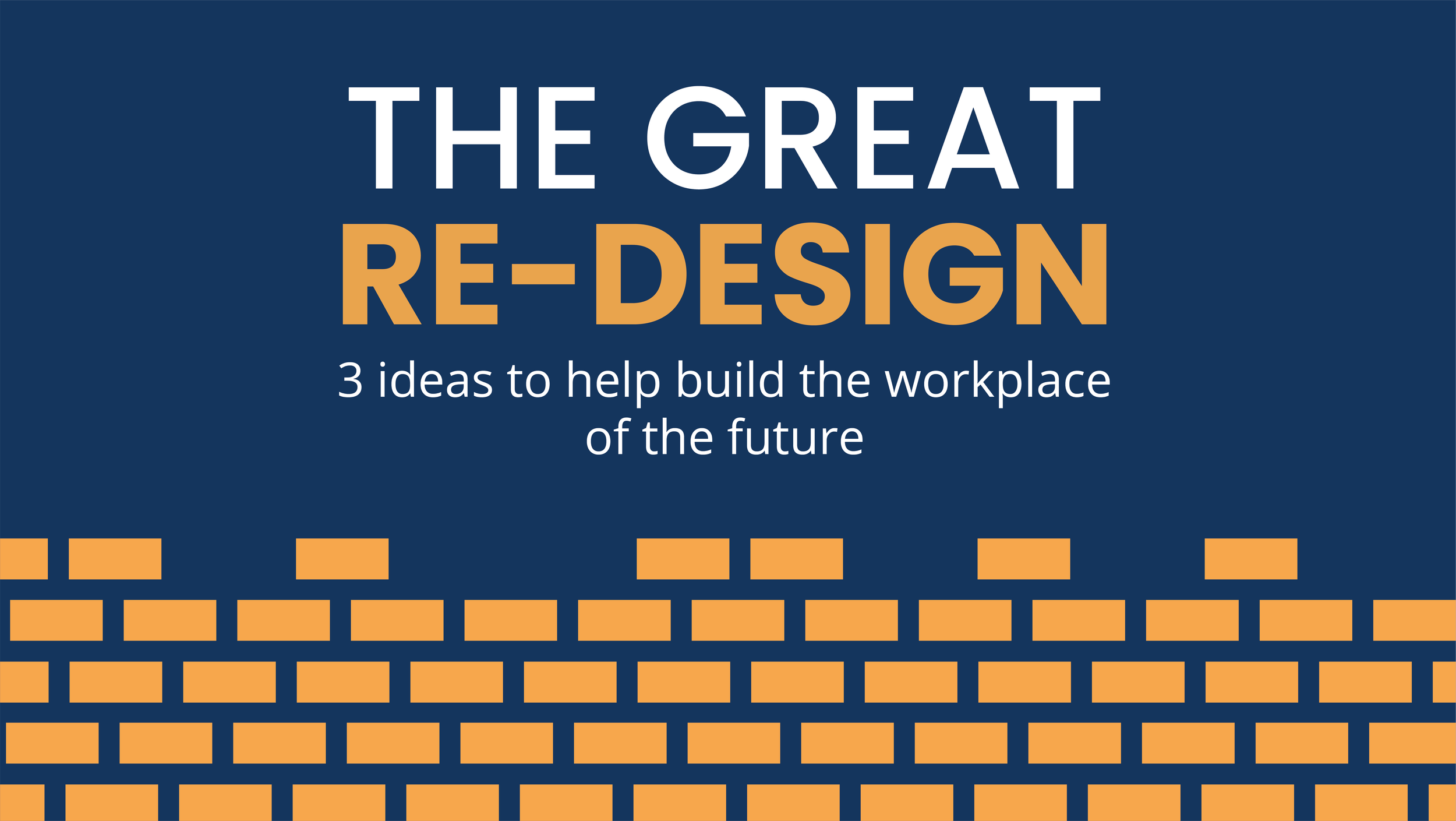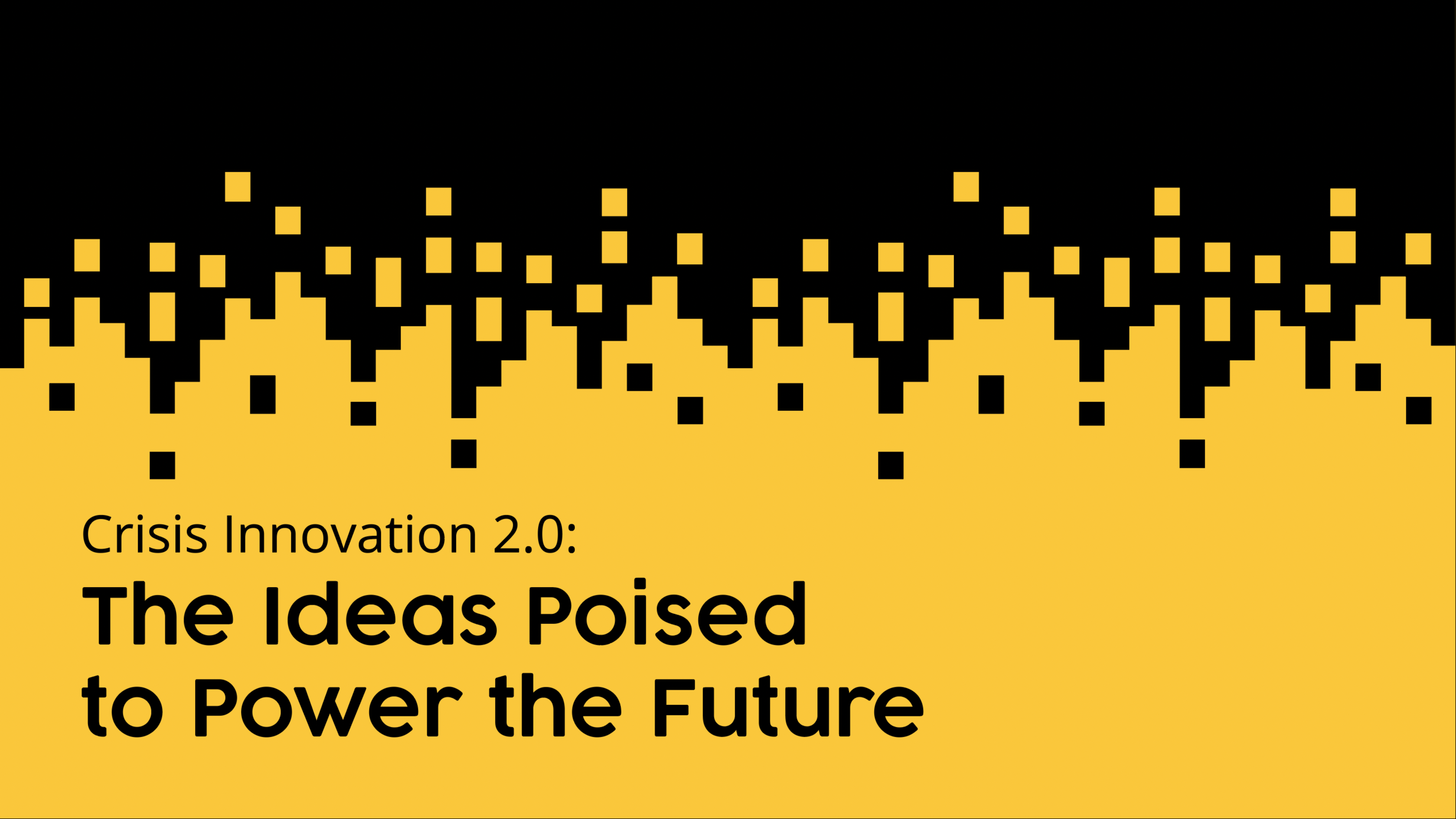Retail’s Metronome Has Broken. And the Holidays Are Proving It.
Shhh… listen closely. That splintering sound you hear? It is the seasonal retail calendar breaking apart, a shift years in the making and now unmistakable this holiday season.
For decades, retail ran on a predictable rhythm, a steady cycle of seasonal sales, promotions, and holidays. President’s Day rolled into the Spring holidays. Back-to-School flowed into Q4. And Black Friday opened the long crescendo into the holiday season.
These weren’t just marketing moments. They were the steady beat retail lived by. Shoppers timed their biggest purchases around them. Retailers planned months in advance, confident the entire ecosystem was moving in sync.
But over time, the rhythm did not just shift. It splintered.
But over time, the rhythm did not just shift. It splintered.
Prime Day. Cyber Monday. Anniversary sales. Even the rise of Woot. At first, these were small tremors, tiny off-notes in a familiar melody. Then, slowly, they became the melody.
And younger consumers accelerated the break. Gen Z came of age during the tipping-point years, and Gen Alpha is gaining spending power in a world where the classic retail tentpoles never held much sway in the first place.
Retail used to play in 4/4 time, with steady peaks and predictable troughs. Today it sounds more like jazz, irregular, spontaneous, and impossible to confine to the old beat.
From Classical Beats to Jazz
From Classical Beats to Jazz
Retail’s shift is not happening in isolation. We have seen this pattern across culture. Streaming shattered prime-time TV. Sports seasons blurred into year-round content. Travel lost the idea of an off-season as people began going when it fit their lives, not the calendar.
Shopping has followed the same path, especially for Gen Z and Gen Alpha. They grew up in a world where inspiration, influence, and deal-finding happen continuously. Social commerce serves products in their feeds. Phygital experiences blend the store and the screen. BNPL smooths the path to purchase. And Drop Culture trains them to expect newness on any given day, not just at seasonal peaks.
Once discovery and deal-seeking become continuous, the traditional retail calendar cannot keep the beat.
The New Instruments of Retail Time
The New Instruments of Retail Time
Now let us look at what is driving the shift, the technologies reshaping when and how people buy, and what retail leaders need to do next.
Of course we should start with AI. It is predicted to influence more than 1.6 trillion dollars in global store sales in 2025, including 21 percent of spending this holiday season.
You’ve likely thought about how AI is changing WHAT people buy through tools like generative search. But have you considered how it is also changing WHEN they buy? The rhythm of retail is increasingly driven by algorithms, alerts, and AI assistants that create a steady stream of micro-triggers across the week, the months, and the year.
PRICE SIGNALS NOW HAPPEN IN REAL TIME
Tools like Capital One Shopping, CamelCamelCamel, Klarna, and VisualPing quietly monitor prices and alert shoppers the moment something drops >> The best deal may now appear on an ordinary Tuesday afternoon, not on Black Friday.
RETAIL APPS ADD ANOTHER LAYER OF TIMING
Programs like Target Circle and Walmart Plus send personalized promotions and restock alerts. These moments are no longer mass events >> They are individualized prompts shaped by each shopper’s habits.
AND THE NUDGES HAVE BECOME EVEN MORE PROACTIVE
AI reorder reminders anticipate when people will run low on staples like coffee, diapers, or dog food and prompt them automatically >> Routine purchases no longer wait for the weekend.
SOCIAL PLATFORMS HAVE ACCELERATED THE TEMPO EVEN FURTHER
TikTok trends can turn a Tuesday into a sellout moment. A single viral post can move more units than a month-long campaign. Live commerce on TikTok Shop, Amazon Live, and NTWRK blends entertainment and shopping >> This all creates purchase moments aligned with creator content rather than a retail calendar.
AND THEN THERE IS DROP CULTURE
Seasonless brands like Shein, Supreme, and Nike SNKRS train younger shoppers to check for newness constantly. The spring and fall calendar has been replaced by perpetual motion.
This holiday season brings the next step in that evolution: AI-powered instant checkout.
Retailers including Walmart, Target, Instacart, and Shopify are experimenting with conversational commerce that lets shoppers browse, compare, and buy without ever visiting a website.
As one outlet reports, Walmart and Sam’s Club shoppers will soon be able to complete purchases directly within ChatGPT using OpenAI’s Instant Checkout, eliminating the need to visit a retailer’s site. The gap between intent and purchase continues to narrow. No cart. No site. Just chat and buy.
Instant checkout is simply the latest sign that timing itself has become fluid and personal. As checkout moves into real-time conversation, pricing may follow, flexing with demand, inventory, or even the hour of the day. Traditional deal days may give way to dynamic hours, with each shopper moving on their own schedule.
The New Beat of Holiday Shopping
The New Beat of Holiday Shopping
This holiday season offers a clear preview of a new retail rhythm. Shoppers, especially Gen Z, are no longer responding to calendar moments, but to micro-triggers such as a price alert, a creator’s livestream, or an AI recommendation delivered while they are standing in an aisle.
Gen Z plans to spend roughly one-third less this year, yet they are using AI more than any other group to stretch every dollar. They will still be in stores, but not in traditional ways. They compare prices through AI, check reviews instantly, scan for deals, and ask chat assistants for recommendations as they browse physical shelves.
Here is the tension. While Gen Z relies heavily on AI for speed and efficiency, 67 percent say they are not sure they fully trust it. They want technology to guide them, but they still look for human validation from friends, creators, or store associates.
This blend of digital instinct and human reassurance is reshaping how holiday shopping works. It is no longer anchored to the calendar, but to prompts, questions, and small nudges in the moment
WHY IT MATTERS
This shift is not theoretical. It is changing how consumers move through the world. The traditional peaks still matter. Black Friday still breaks records and Back-To-School still anchors household budgets. But the growth increasingly lives in the spaces between them.
For leaders, the challenge is not choosing between the old and the new. It is learning to operate in both tempos at once: the predictable peaks of the classic calendar and the fluid pulse of how real people shop now.
A New Playbook for Leaders
A New Playbook for Leaders
If the retail playbook has come unbound, leaders need new ways to keep time. The classic model of quarterly planning and seasonal campaigns cannot keep pace with a landscape that now moves at the speed of the feed. The next era of leadership calls for four shifts.
1) MOVE FROM PEAKS TO PERPETUAL MOTION
Big moments still matter, but much of the growth now happens in between them. Build flexible systems in marketing, supply chain, and staffing that can adjust week by week, not only quarter by quarter.
2) TELL YOUR BRAND STORY AT FEED SPEED
Replace long runway campaigns with newsroom-style creativity. Stay alert to cultural spikes, trend waves, and conversation cues, and respond with stories that feel timely instead of templated.
3) DESIGN BESPOKE SHOPPING CALENDARS
AI and data are creating millions of individual rhythms. Learn what prompts your shoppers to act, and build engagement patterns that match their lives rather than your schedule.
4) MAKE RELIABILITY YOUR ANCHOR.
In an always-on world, reliability becomes a differentiator. Amid constant pings and promotions, people may gravitate to brands that feel steady, transparent, and human.
And that is the paradox of the moment. In a world where everything moves unpredictably, where the tempo keeps shifting, routine can be comforting. When the noise grows louder, brands that offer rhythm, predictability, and small rituals of trust help people feel grounded in the swirl of continuous motion.
Because in a retail landscape that increasingly resembles jazz, leadership is not about chasing every new beat. It is about knowing when to play, and when to hold steady.
QUESTIONS TO ASK YOUR TEAM






